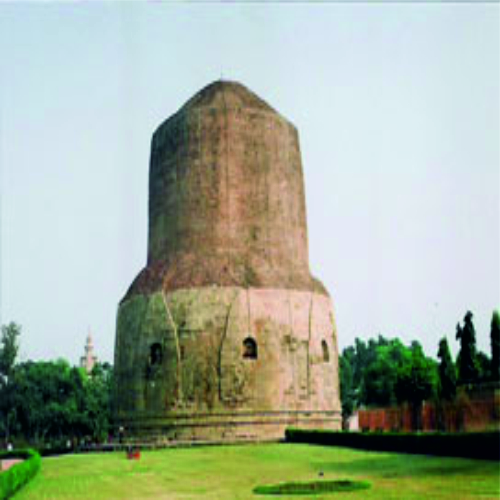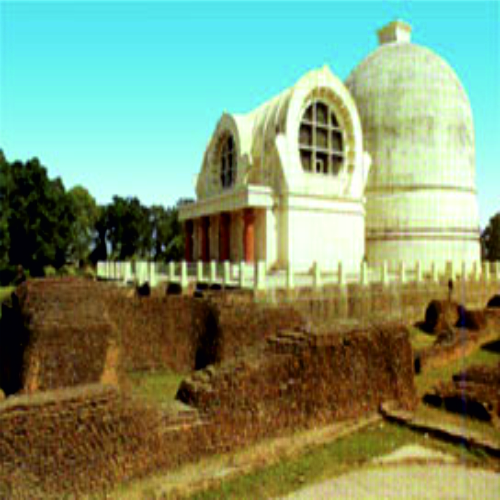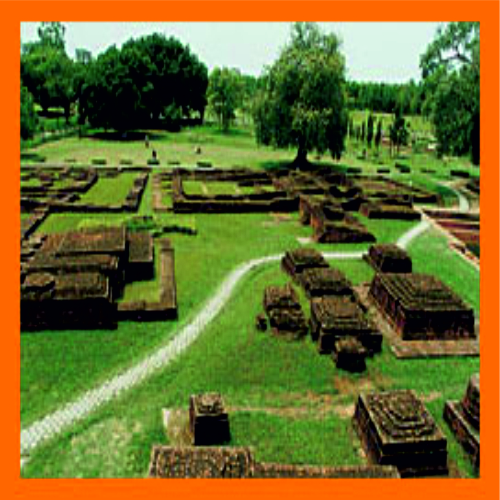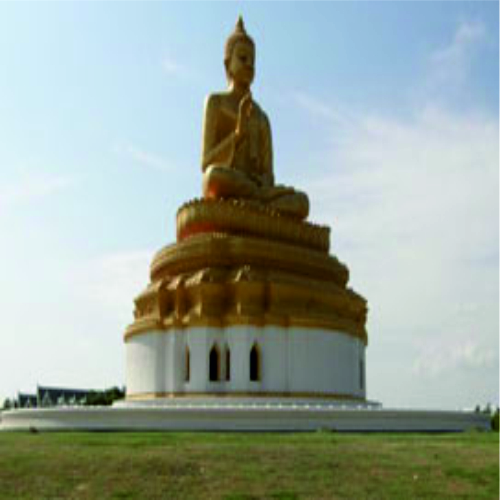Hot Tours

Lumbini
Buddha Birth Place
Lumbini is the place where the Buddha, known as the Tathagata* was born. It is the place which should be visited and seen by a person of devotion and which should cause awareness and apprehension of the nature of impermanence.

Bodhgaya
Where he attendid enllgntenment
Bodhgaya is one of the most important and sacred Buddhist pilgrimage center in the world. It was here under a banyan tree, the Bodhi Tree, Gautama attained supreme knowledge to become Buddha,the Enlightened One. Born; in the foothills of the Himalayas as a Sakya prince of Kapilvastu (now in Nepal), most of the major events of his life, like enlightenment and last sermon, happened in Bihar. Buddhism as a religion was really born in Bihar and evolved here through his preaching and the example of his lifestyle of great simplicity, renunciation and empathy for everything living. Significantly, the state's name of 'Bihar' originated from 'Vihara' meaning monasteries which abounded in Bihar.

Sarnath
Where he held his first public discourse
Buddhists wordwide look upon India as the land of the Buddha and a visit to this country means a pilgrimage to those places sacred to the memory of the Enlightened One. After the Bouddha attanined enlightenment in Bodh Gaya he came to sarnath. Here in the Deer Park, he delivered his first sermon, or in religious language, set in motion the wheel of Law (maha- Dharmachakra Pravartan).

Kushi Nagar
Where he Attained Mahaparinirvana.
Kushinagar is another principal centre of Buddhism, worth a sincere admiration, is the place where Lord Buddha passed away at this place near the Hiranyavati River and was cremated at the Ramabhar stupa. It was once a celebrated center of the Malla kingdom. Many of its stupas and viharas date back to 230 BC-AD 413. when its prosperity was at the peak. In 543 BC, on a full moon night of Magh the legend delivered lecture to his Sangha and declared that he is going to leave the mortal world soon enough.

Kapil Vastu
Where Prince Sidharth Grew up as a child
The little village of Piprahwa is a very important Buddhist pilgrimage since Lord Buddha had spent his first twenty-nine years of life in this region. Excavations by archaeological survey of India have revealed the relation of this place to the Kushan period. An excavated stupa bears text that proves the existence of an ancient monastery named Devaputra in this place. Two mounds have also been excavated at only a little distance (1.5 km) from this village which, is considered to be the ruins of King Suddhodhana's palace

Kaushambi
Where Budsha Deleverd many a semons.
The new version of the ancient Kaushambi, which was frequently adored by the Buddha, is one of the holy places for the Buddhists all over the world. The old site of Kaushambi, one of the six most prosperous Indian cities in the Buddha's period, was visited by the Buddha in the 6th and 9th years after having attained enlightenment. During His both the visits, Lord Buddha delivered several sermons at Kaushambi, thereby making it a center of learning for the Buddhists. Although the modern Kaushambi is only a shadow of its glorious past and not as highlighted and developed as it used to be, but still it is considered to be one of the major pilgrimages for the Buddhists.

Sankisa
Where he descended after Addressing his mother in heaven.
Sankisa, located at a distance of around 40 km from Kannauj in the Farrukabad district of Uttar Pradesh, is a place of tremendous importance for the Buddhists. Mythical legends relate the place to the Buddha. It is believed that after delivering sermons to His mother and other devas in the Heaven, the Buddha returned to earth here at this place, Sankisa, which was considered the town of human abode. Because of this, Sankisa is counted amongst the pilgrim destinations for the Buddhist.

Shravasti
His favorite Monsoon Resort
King Prasenajit, the ruler of Kosala (was located on the northeast of modern Uttar Pradesh, India), was a disciple of Buddha. Shravasti was his capital. He respected the principle of non-violence that Buddha taught. One day, his royal priest Garg, came to him in distress. An astrologer had predicted that his newly born son was to become a robber and would be a menace to society.
